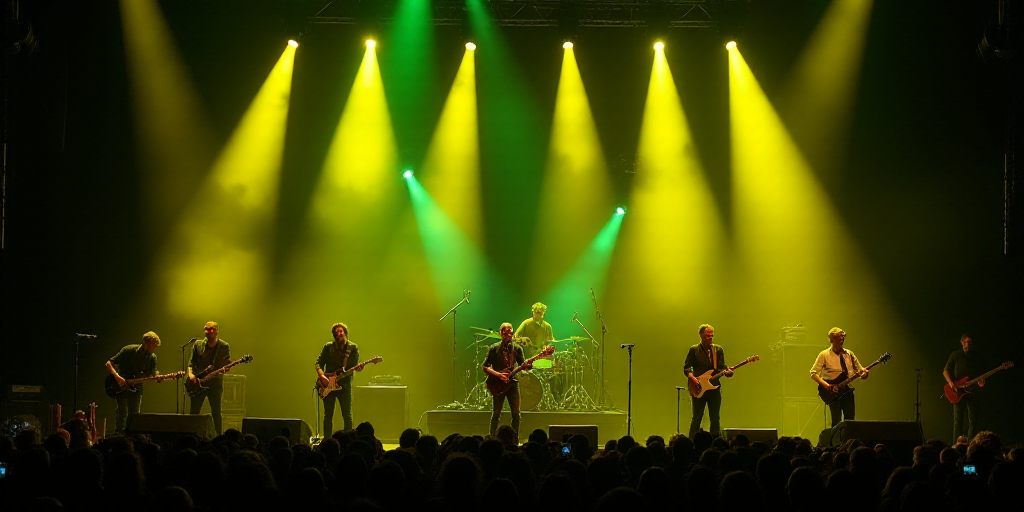Understanding Narcocorridos: Authentic Expression or Glorification of Drug-Related Violence?
Narcocorridos, songs that reference and exalt drug cartel leaders like El Chapo Guzmán, have sparked debate about their authenticity and the reflection of Mexican culture and society. These songs, rooted in regional Mexican music, either serve as uncensored expressions or glorify the violence associated with drug trafficking.
Historical Context: From Revolutionary Corridos to Modern Narcocorridos
Historically, corridos have been a popular form of storytelling in Mexico. Originally, they narrated the deeds of revolutionaries during the Mexican Revolution. These songs embodied a struggle between the poor, oppressed by landowners and city elites, and the wealthy. This dynamic has persisted through the centuries, with narcocorridos now reflecting contemporary social issues.
The Evolution of Corridos
Corridos evolved from revolutionary tales to narrating the rise of drug cartel leaders. One of the earliest songs inspired by marijuana, opium, or alcohol traffickers was “El contrabando del Paso” (1934). Los Tigres del Norte popularized modern narcocorridos with hits like “Contrabando y traición” (1974) and “La Banda del Carro Rojo” (1975), which romanticized the daring exploits of drug traffickers.
The Rise of Corridos Tumbados
Corridos tumbados, a fusion of traditional corridos and urban music, have brought narcocorridos back into the spotlight. Artists like Peso Pluma, Natanael Cano, and Luis R. Conriquez have gained prominence with songs like “PRC” and “Siempre Pendientes,” which metaphorically reference drug trafficking.
Social Implications and Controversies
Narcocorridos have become aspirational for marginalized communities in Mexico, where 36.3% live below the poverty line. These songs often depict capos and drug lords as symbols of success, leading some young people to idolize these figures. This has sparked controversy and calls for prohibition from state governments like Sonora and municipalities in northern Mexico.
Addressing the Root Causes
Prohibiting narcocorridos won’t solve the underlying issues. To combat their influence, society must tackle social inequalities, poverty, and ignorance. By improving living conditions and fostering a progress-oriented society, the allure of narcocorridos and their associated lifestyles will diminish.
Key Questions and Answers
- What are narcocorridos? Narcocorridos are a subgenre of Mexican corridos that reference and exalt drug cartel leaders, romanticizing their rise to power and exploits.
- Why are narcocorridos controversial? Narcocorridos have been criticized for glorifying drug-related violence and serving as aspirational role models for marginalized communities.
- What is the historical context of corridos? Corridos originated as a form of storytelling during the Mexican Revolution, narrating revolutionaries’ deeds. Over time, they evolved to reflect contemporary social issues, including drug trafficking.
- What are corridos tumbados? Corridos tumbados are a modern fusion of traditional corridos and urban music, often referencing drug trafficking metaphorically.
- How can society address the influence of narcocorridos? To counteract their impact, society must tackle social inequalities, poverty, and ignorance, fostering a progress-oriented environment.






